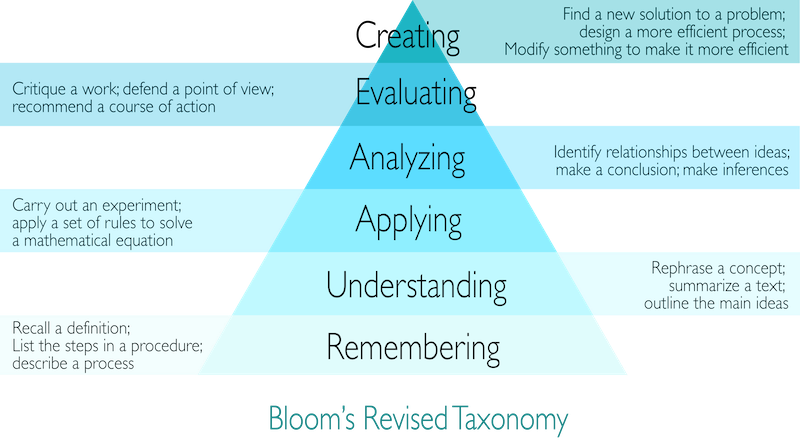Course design framework
Overview
Designing a course is more than just preparing a syllabus. It requires thinking deliberately about what you want students take away from the course. Once you've determined this, all other course activities should support the achievement of these objectives.
A good model for approaching course design is the Backwards Design approach. This simply means beginning at the end – your intended learning outcomes – then aligning your teaching and assessment activities with these learning outcomes. When you align these three elements of your course, you ensure an optimal learning environment where students can acquire and construct their own knowledge and develop solid competencies, and you achieve Constructive Alignment.
Identify desired outcomes
The first step is to identify the desired learning for students. What essential knowledge, skills, abilities, competencies, attitudes, values, etc. do you want students to successfully demonstrate by the end of the course?
This student learning should be refined into course learning outcomes (also somtimes referred to as objectives). Learning outcomes are specific statements that describe what a student should be able to demonstrate at the end of the course as a result of learning. This is typically as it relates to knowledge, skill or attitude. The outcome should be written using specific language so that it states the level and kind of thinking required.
Bloom's Revised Taxonomy (below) identifies six levels of cognitive processing that are useful in writing outcomes as depicted below.

Useful resources for writing goals and outcomes
1. Tufts University TUSM Writing Learning Objectives (pdf)
2. Center for Excellence in Learning and Teaching's A Model for Learning Objectives
Determine acceptable evidence to measure intended learning outcomes
Next, determine the assessment criteria that will provide appropriate evidence of student learning (scope and depth) in relation to your intended learning outcomes, and select the assessment tasks that are best suited to gather this data. Ask yourself: What would allow students to demonstrate that they possess this knowledge, skill, value, ability, competency, attitude, etc?
The nature of the assessments will depend on the depth of knowledge or skill required. When simple facts are required, quizzes might be an efficient way of measuring learning. However, when students must use higher-order thinking skills to analyze and evaluate, real world problems and scenarios are more appropriate. Examples of assessment activities include: problem-solving tasks and scenarios, models and diagrams, essays, demonstrations, research reports, videos, reflections (written or in an alternative medium), artistic works, role-plays, etc.
Plan learning activities
Once you determine what you want students to learn and how you will measure that learning, you can begin to consider the teaching and learning activities that align with your course goals and will support students in achieving the course learning outcomes.
What course content, instructional practices and learning experiences will best help students learn? Examples include: targeted readings, attending/watching lectures, watching other videos, posting and responding in an online discussion forum, completing individual or collaborative assignments, taking quizzes, participating in in-class group work or other activities.
Note: One credit is equal to a minimum of 45 hours of work. This means a three-credit course requires a minimum of 10 hours of work per week including lectures, readings, exams and other assignments.
References
- Blumberg, P. (2009). Maximizing learning through course alignment and experience with different types of knowledge. Innovative Higher Education, 2009, 34(2), 93–103.
Reading on Backwards Design principles
- Bowen, R. S. (2017). Understanding by Design. Vanderbilt University Center for Teaching. Retrieved June 5, 2020.
- Wiggins, G. P. & McTighe, J. (2005). Understanding by Design. (2nd ed.). Alexandria, VI: Association for Supervision and Curriculum Development.
Reading on Constructive Alignment
- Biggs, J. (1996). Enhancing teaching through constructive alignment. Higher Education, 32, 347–364.